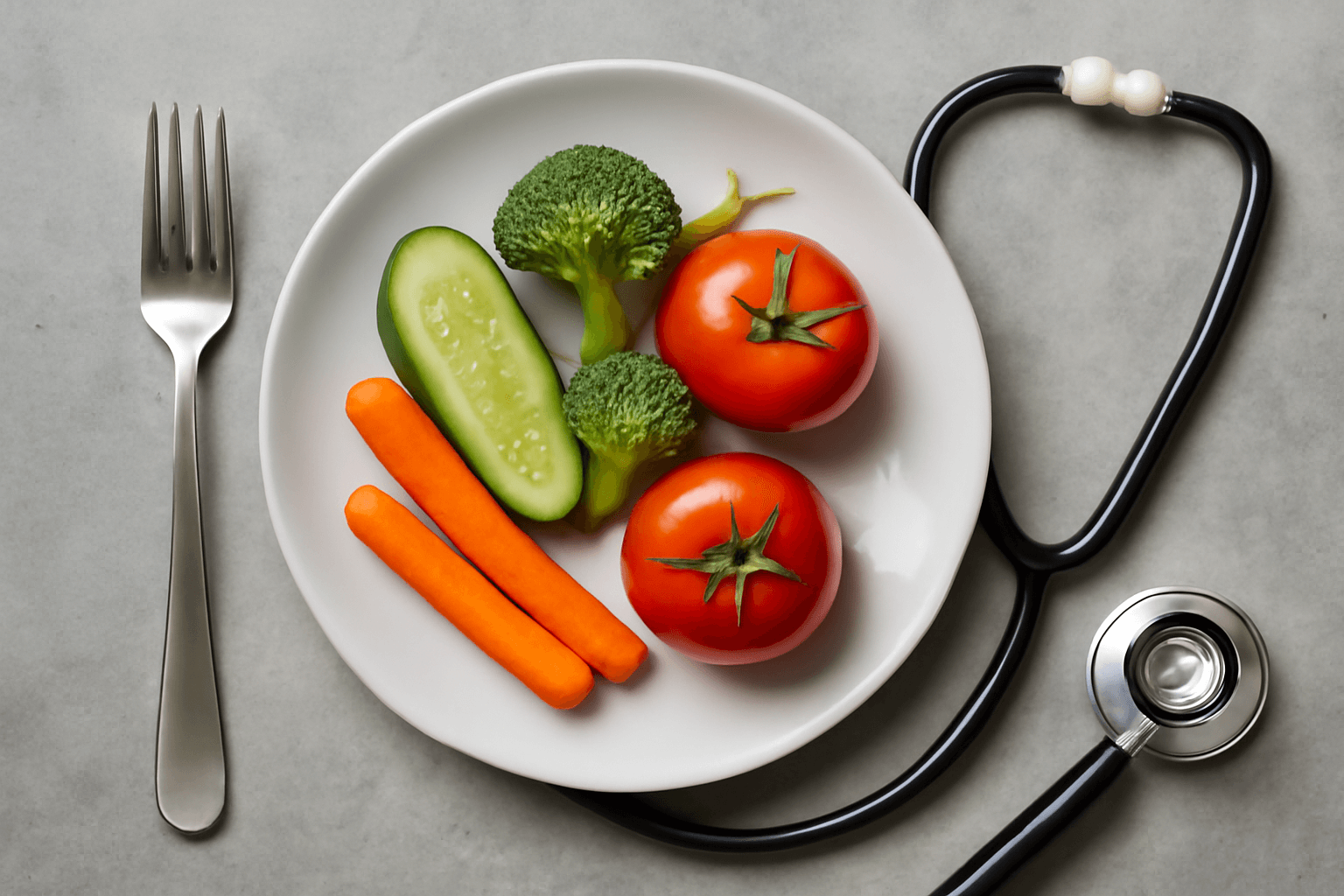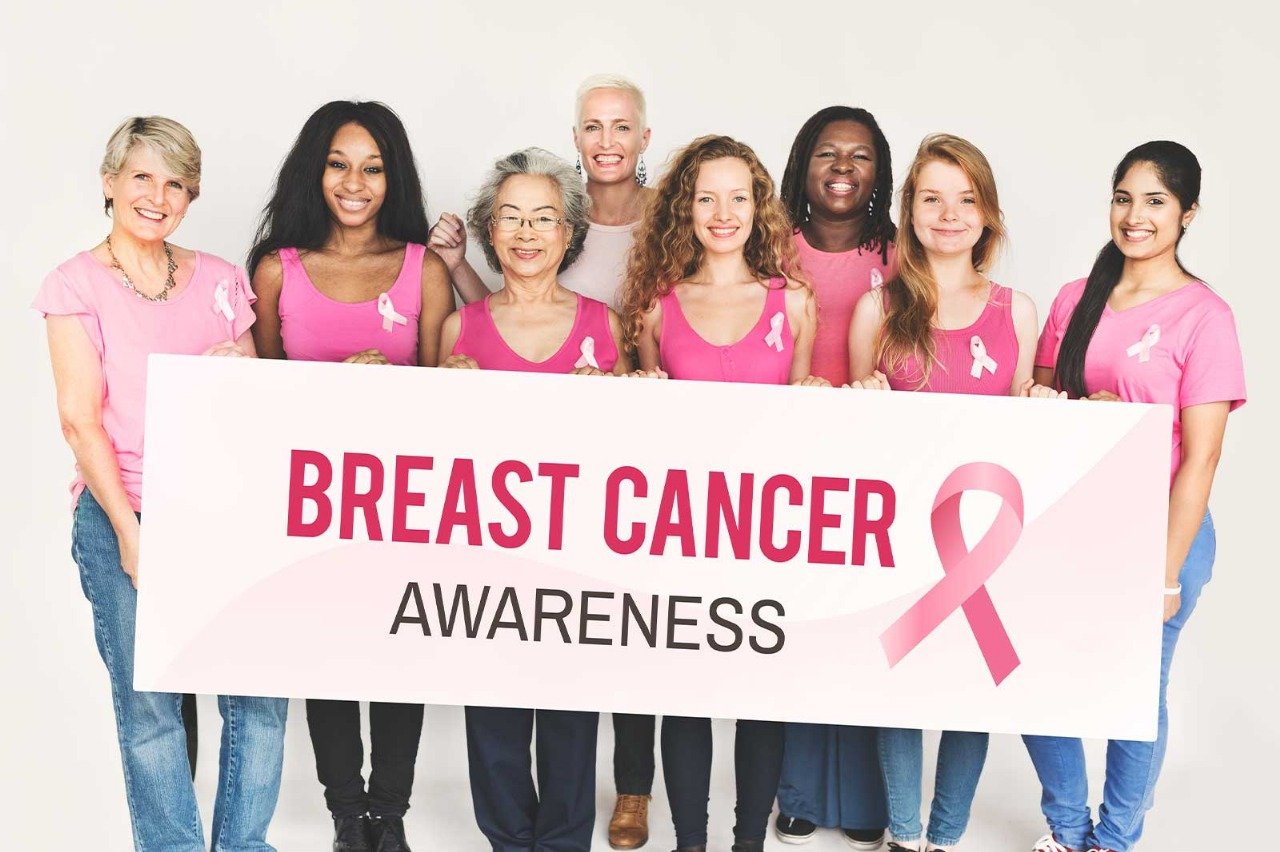Every October, pink ribbons appear around the world — on buildings, in schools, at workplaces, and across social media. This powerful symbol represents Breast Cancer Awareness Month, an annual global campaign dedicated to raising awareness about breast cancer, promoting early detection, and supporting those affected by the disease.
Breast cancer remains the most common cancer among women worldwide, yet survival rates have increased dramatically thanks to early diagnosis, improved treatment, and widespread education. October is a reminder that awareness saves lives — and everyone has a role to play.
History and Background
Breast Cancer Awareness Month (BCAM) began in 1985, launched through a partnership between the American Cancer Society and AstraZeneca, a pharmaceutical company producing cancer medications. The goal was simple: to educate women about early detection and mammograms.
Over time, the campaign evolved into a global movement. The pink ribbon, first introduced by the Susan G. Komen Foundation in the early 1990s, became an international symbol of hope and solidarity. Today, countries around the world illuminate monuments in pink, host charity walks, and organize fundraising events to support research and patient care.
However, the movement has also faced criticism for “pinkwashing” — when corporations use pink branding to sell products without meaningfully supporting breast cancer causes. As awareness grows, so does the emphasis on authentic advocacy and transparency in funding.
What Is Breast Cancer?
Breast cancer occurs when cells in the breast grow uncontrollably and form a tumor that can invade surrounding tissues or spread to other parts of the body.
There are several types of breast cancer, including:
- Ductal Carcinoma In Situ (DCIS) – a non-invasive form where abnormal cells remain inside the milk ducts.
- Invasive Ductal Carcinoma (IDC) – the most common type, where cancer spreads beyond the ducts.
- Lobular Carcinoma In Situ (LCIS) – abnormal cell growth in the lobules, which can increase future risk.
According to the World Health Organization (WHO), breast cancer accounts for nearly 1 in 4 cancers among women. It can also affect men, though male breast cancer makes up less than 1% of all cases.
Risk Factors and Protective Factors
While anyone can develop breast cancer, certain factors increase the risk:
- Age: Most cases occur in women over 40.
- Genetics: Mutations in genes like BRCA1 and BRCA2 significantly raise risk.
- Family History: Having a close relative with breast cancer increases likelihood.
- Hormones: Long-term use of hormone replacement therapy (HRT) or early menstruation can contribute.
- Lifestyle: Alcohol, smoking, obesity, and a sedentary lifestyle are known contributors.
Protective steps include:
- Maintaining a healthy weight and regular physical activity.
- Limiting alcohol intake.
- Breastfeeding, which lowers lifetime exposure to hormones that can trigger cancer.
- Getting genetic counseling if there’s a family history.
Signs, Symptoms, and When to See a Doctor
Recognizing the signs early can make the difference between life and death. Key symptoms include:
- A lump or thickening in the breast or underarm.
- Changes in the shape, size, or contour of the breast.
- Nipple discharge (other than breast milk), especially if bloody.
- Skin changes — redness, dimpling, or puckering.
- Inverted nipple or pain in the breast area.
Not all lumps are cancerous, but any new change should be checked immediately. Regular self-exams help you understand what’s normal for your body and detect changes early.
Screening and Early Detection
Screening saves lives. Mammography — a low-dose X-ray — can detect breast cancer before symptoms appear.
- Women aged 40–49: Discuss screening frequency with a doctor.
- Women aged 50–74: A mammogram every two years is recommended.
- High-risk women: May need annual screening and MRI scans starting earlier.
Early detection not only increases survival but can also allow for less aggressive treatments. Awareness campaigns help ensure more women have access to affordable and regular screenings.
Diagnosis and Treatment Options
If a suspicious lump is found, tests such as biopsies, ultrasounds, and MRI scans confirm diagnosis and staging.
Treatment depends on the type and stage of cancer, and may include:
- Surgery: Lumpectomy (removing the tumor) or mastectomy (removing the breast).
- Radiation Therapy: Destroys remaining cancer cells after surgery.
- Chemotherapy: Uses drugs to kill cancer cells throughout the body.
- Hormone Therapy: For cancers that are hormone receptor-positive.
- Targeted Therapy: Blocks specific cancer cell mechanisms (e.g., HER2-positive cancers).
The emotional and physical effects of treatment are challenging, but with proper support and rehabilitation, recovery and long-term survivorship are achievable.
Living with Breast Cancer: Survivorship and Support
A breast cancer diagnosis can be overwhelming — physically, mentally, and emotionally. Survivorship care focuses on recovery, resilience, and renewal.
Support systems play a crucial role:
- Counseling and mental health care for anxiety and depression.
- Support groups where survivors share stories and advice.
- Nutrition and exercise programs to rebuild strength and confidence.
- Post-treatment follow-ups to monitor recurrence.
Cancer may change a person’s life, but it doesn’t define it. Many survivors use their journey to empower others and advocate for awareness.
The Role of Awareness and Advocacy
Breast Cancer Awareness Month amplifies education, advocacy, and research efforts globally.
Initiatives include:
- The Pink Ribbon Campaign, symbolizing hope and solidarity.
- Walks, marathons, and fundraising events supporting research and patient care.
- Lighting landmarks in pink, a visual show of unity.
- Corporate and community-driven awareness drives.
Beyond symbolism, advocacy focuses on equal access to screening, affordable treatments, and destigmatizing the disease — especially in developing regions.
What You Can Do: Individual and Community Actions
You don’t have to be a doctor or scientist to make a difference. Simple actions can save lives:
- Perform monthly self-exams and encourage others to do the same.
- Share information on social media during October using #BreastCancerAwareness.
- Volunteer or donate to credible organizations that fund screenings and research.
- Support survivors by listening, offering help, or joining awareness events.
- Educate young girls and women about the importance of early detection.
Each act — no matter how small — contributes to a larger movement of compassion and awareness.
Challenges and Gaps to Address
Despite progress, major challenges remain:
- Limited access to screening and treatment in low-income areas.
- Cultural stigma and fear that prevent early diagnosis.
- Misinformation and myths, such as “breast cancer only happens to older women.”
- Underrepresentation of men and minority groups in awareness efforts.
- The need for continued research funding for prevention, cure, and post-care support.
True awareness means addressing these inequalities and ensuring that every woman — regardless of background — has a fighting chance.
October is more than just a pink month — it’s a global reminder of strength, courage, and community. Breast Cancer Awareness Month empowers us to educate, support, and advocate for one another.
By spreading knowledge, encouraging early detection, and supporting survivors, we take one step closer to a world where no one loses their life to breast cancer.
Check yourself, educate others, and wear your pink with purpose — because awareness saves lives.










